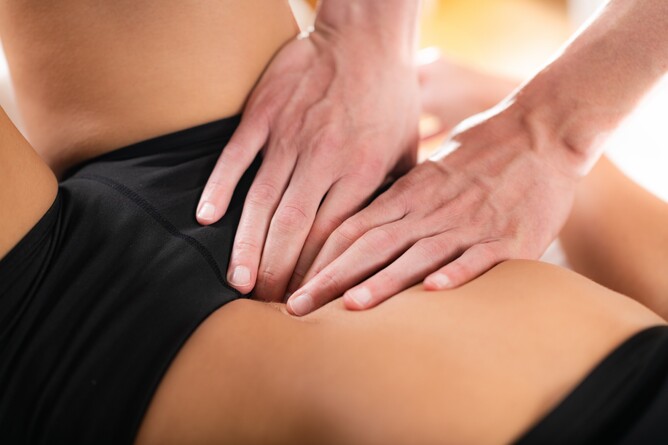How to get your tummy and pelvic floor working well again after having a baby.
Some new mums don’t get the right information and start back into the wrong exercise too soon after birth. This can contribute to weakening of the pelvic floor which can lead to urinary incontinence or prolapse of pelvic organs. It can also exacerbate Diastasis Rectus which is the separation of the fascia which connects the two halves of the rectus abdominis vertically. This will lead to a pouchy/poofy tummy regardless of how many crunches you do. In fact, crunches too early on can only worsen the problem.
If you have a poofy tummy, it is important to check what is going on with the underlying structure.
To test for Diastasis Rectus:
1) Lie on your back with your knees bent & your feet flat on the floor. Relax your head & shoulders and place your fingers (palm inwards) just above your belly button.
2) Inhale to prepare then exhale and lift your head, neck & shoulders slightly off the floor & press down with your fingertips. If you feel a gap and your fingers sink in, that’s the diastasis. You will feel the muscles close in around your fingers as you lift your head & neck. Don’t lift your shoulders up too high. Repeat the test in two other places: directly over the belly button, & a couple of inches below.
A diastasis rectus gap is measured in finger widths. You are aiming for a 1-2 finger gap or less, but don’t panic if it’s much bigger at first! Your osteopath can help you measure this and guide you with appropriate exercises.
Diastasis rectus occurs in up to 65% of pregnancies and is more common if you have had more than one child, especially a twin pregnancy and higher pregnancy weight gain for the mum.
Even though it's our tummies that we are most aware of and want to minimise, it is very important not to forget the pelvic floor. Getting the pelvic floor working is usually the first step in creating a strong ‘core’. A strong muscular base to your pelvis that will support the pelvic organs and decrease the incidence of urinary incontinence and pelvic organ prolapse is important.
The first thing you can practice post birth, is to try to locate and gently draw up the pelvic floor. This will help you locate your transversus abdominis muscle that has been stretched in pregnancy and needs to again act as a natural corset for the abdomen.
A method to identify your pelvic floor muscles is to imagine stopping the flow of urine and holding in flatus (wind) at the same time. This can be done lying down, sitting, or standing with legs about shoulder-width apart.
1) Relax the muscles of your thighs, bottom and tummy. Keep breathing throughout.
2) Lift and tighten the muscles around the front passage as if trying to stop the flow of urine.
3) Lift and tighten the muscles around the vagina so they move upwards inside the pelvis.
4) Lift and squeeze in the muscles around the back passage as if trying to stop passing wind.
5) The muscles around the front and back passages should lift and squeeze up and inside the pelvis.
6) Then relax and loosen them. Keep breathing as naturally as possible.
Put this all together so the muscles around the front and back passages lift and then you should feel them squeeze up inside the pelvis. Hold for a few seconds if you can and then relax. Over six to nine months slowly build up to holding for up to ten seconds and repeat ten times, three times a day (so a total of thirty, ten-second lifts a day)
Remember after a contraction it is important to relax the muscles. This will allow your muscles to recover from the previous contraction and prepare for the next contraction.
You can do the pelvic floor lifts from day one regardless of whether you have had a c- section or vaginal birth, as long as it does not cause pain. If there is pain, check with your lead maternity carer. It can be good to do the pelvic floor lifts when feeding your baby.
Avoid sit-ups, crunches, double legs lifts or heavy lifting. Be patient. It will take time to relocate the transversus abdominis and to encourage it to function well again.
2-6 weeks post birth: slowly return to gentle walking, continuing with core connecting and pelvic floor lifts.
6-8 weeks post birth: continue with this and you can add swimming if bleeding has stopped. At this stage if you feel able you could add very gentle postnatal exercise class or video.
4-6 months post birth: Fit ball exercises, walking, gentle Pilates, Tai Chi, yoga and continue with core and pelvic floor exercises.
6- 12 months post birth: Return to light gym, yoga, Pilates, low impact class, Graduated return to jogging/previous sports if good pelvic floor and transversus abdominis control.
So don’t go too hard too soon and remember a check-up with a pregnancy-trained osteopath a few weeks after birth to balance up your pelvis and spine will help get you on the right road to full recovery.
To find out more about the author Melanie, click here



